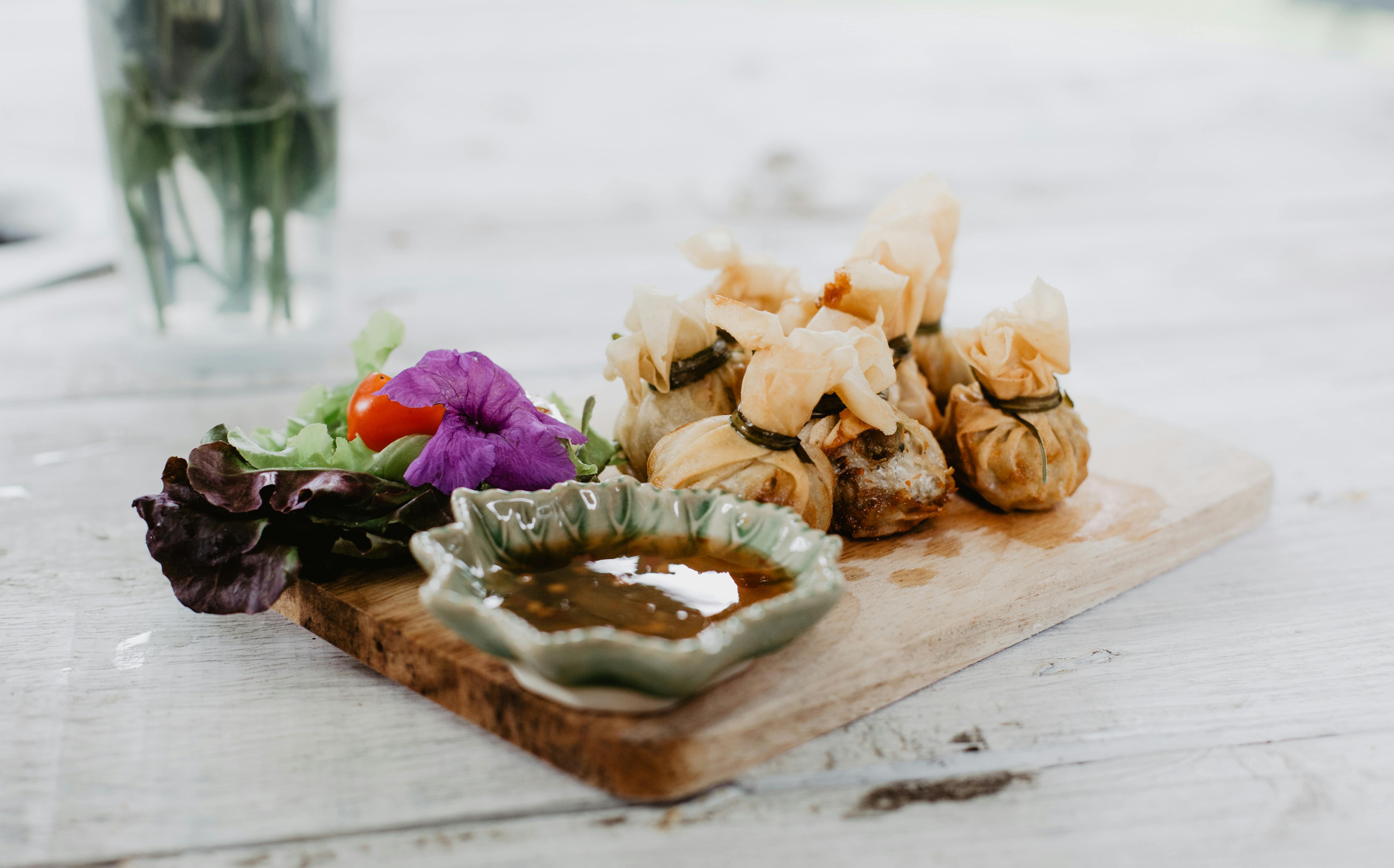When you take a look at the trends in the wooden door hit parade, there have been some changes on the charts recently. Whether the doors are intended for use as replacements in private homes or being specified for the first time on a new construction project, we have noticed a significant shift away from more traditional panel styles towards more contemporary recessed designs. There has also been a change in the types of finishes that are being requested.
how things were
Until the last decade, wooden doors were offered in broad strokes, in four levels depending on their appearance and price. The entry level door was a molded hollow core fiberboard skin product with a wood grain texture that was designed to be painted. These paneled doors became the developer’s go-to door, regardless of the size or value of the project, and anyone doing an addition or renovation could find these doors at every home improvement store or lumber merchant. Next in line, but not far ahead in terms of price, was the paneled pine door. Made from solid pine and slightly more robust than molded leather doors, a good quality version could be stained as an alternative to painting, giving users the option of achieving a varnished finish at a relatively low outlay. The next jump was quite significant in price and led to a hardwood product which, again, was usually paneled in design. Most of the hardwoods used were mahogany types, dark red in color, which were then stained to appear even darker. The fourth level was anything else that usually involved doors being individually made from solid wood in a traditional joinery shop by a skilled craftsman. As a result, these doors were significantly more expensive and therefore their market share was quite limited.
How things have changed
As manufacturing methods advanced, the art of veneer allowed for a significant expansion of the available wood options. In the veneered format, woods that were previously expensive due to the high cost of raw materials became accessible to a broader market. Oak quickly became the preferred wood. Always popular because of its perceived association with quality and style, oak door prices began to fall when composite doors with oak veneers and veneers appeared.
Today, oak is still tremendously popular as a wood finish. The popularity of the door style in which it is presented is now what is evolving. Of the paneled products that have been popular over the past decade, it seems our taste has returned to pocket doors. Those of us who can remember the 1970s will remember that pocket doors were the norm within the home. Most of them were painted, with the more affluent houses benefiting from deep red sapele veneered doors.
Well, color is back with a vengeance today! Oak continues to lead the way as a wood of choice, but now it’s been enhanced with the addition of grooves, inlays and cross veneers. Oak has joined a few other wood species. Walnut, Ash, and Beech follow, but still have a good distance to catch up. Panel door design has been transformed somewhat as, like the trend in kitchen cabinets, it has started to lean towards a shaker panel style.
The other runner that goes up the rails is colored, or to be more specific, colored painted. White primed door volumes both in recessed format and with vibrating panels are gaining pace.
As finishing techniques become even more sophisticated, the range of door options available to the consumer can only become more diverse. Ingenious effects can be produced by combining different materials on the face of a door, not just well-known wood veneer combinations, but visually striking engineered veneers. Introductions of more complicated paint finishing processes that can match colors or even replicate a wood grain effect are now appearing on the market. Laminates, foils and even latex are adding new dimensions to modern door design. What will be the next trend? Who knows?
The design concepts and available materials mean the options are endless.


